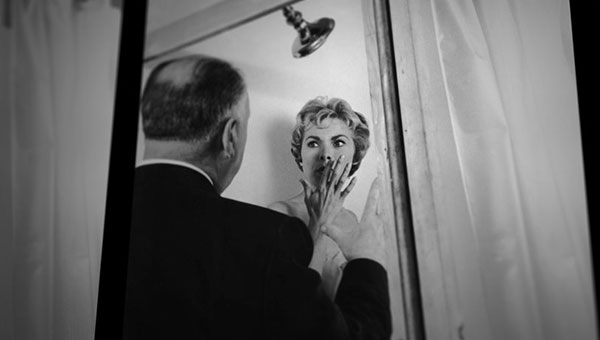78/52 Review

I’ll begin by being honest and admitting that I didn’t watch Alfred Hitchcock’s Psycho until I was well into my teens, nearly forty years after it was released.
This wasn’t driven by squeamishness. On the contrary, in fact. As a kid of the eighties I had been extremely desensitised to growing levels of gratuitous violence by action movies alone, let alone horror films.
I somehow just thought that Psycho, in all its monochrome glory, would be a rather tame and disappointing throwback to the yesteryear of cinema. And at the time, I of course thought that any movie which predated Back to the Future was boring.
When I finally did see Psycho, and struggling under the weight of popular opinion, I thought, ok: it is a well-made thriller, I’ll give it that. But Alexandre O Philippe’s new documentary, 78/52, has helped me see the movie in a whole new light.
The documentary is specifically built around Psycho’s infamous shower scene. You know the one, with the stabbing hand and shrieking violins. Everyone does.
The documentary title refers to the 78 setups and 52 cuts used in the scene, which advisedly took up one quarter’s of the film’s shooting schedule.
I do not recall if the title is explicitly explained in the film, and if not, probably indicates the level of movie geekery at which you might want to be operating in order to fully enjoy the documentary.
So how you make a ninety one minute documentary about a forty five second film scene?
Philippe answers this cleverly, using a structure not unlike the famous ‘three jump zoom’ which focusses on Janet Leigh’s scream during the pivotal scene.
He begins by looking at the wider world of Hitchcock’s filmography and the cultural impact of Psycho being released at that time.
He then zooms in on the actual film; its themes, characters and any foreshadowing of the shower scene.
Lastly, he zooms in on the scene itself. The timing of each cut and positioning of each shot is lovingly dissected, as well as the symbolism of the scene itself.
Throughout, the documentary is peppered with all sorts of trivia. Stuff you didn’t even know that you wanted to know. How did they make the stabbing sound effect? How did they achieve the silhouette effect? And finally settling the debate as to what was used for blood.
There is also a wealth of talking heads on display; a veritable mixture of Famous, Less Famous and Who the Hell is That Guy?
More impressive than the familiarity of the contributors is their technical range. There are actors, directors, writers, novelists, editors, sound editors and composers.
Guillermo Del Toro, Elijiah Wood, Eli Roth, Jamie Lee Curtis, Bret Easton Ellis, Walter Murch and Peter Bogdanovich are among the wide scope of artists on show. Elfman was a particular highlight for me, rightly gushing about the genius that was Bernard Hermann.
On the downside, there is a scarcity of female contributors, particularly given the nature of the scene. It also would have been great to have had first-hand stories from the set.
The latter is of course not the filmmakers’ fault, with Hitchcock, Leigh and Anthony Perkins sadly no longer with us. All three do admittedly contribute through archive footage, with Hitch implying that the construction of the shower shot was motivating by confounding the censors as much as for artistic reasons.
As an ace up the sleeve, the documentary does boast views from seventy nine year old Marli Renfro, Leigh’s body double from the film, who is happy to impart some on-set anecdotes.
For a more analytical approach to horror for film fans this Halloween, this documentary is a must-see.
Conor Brennan